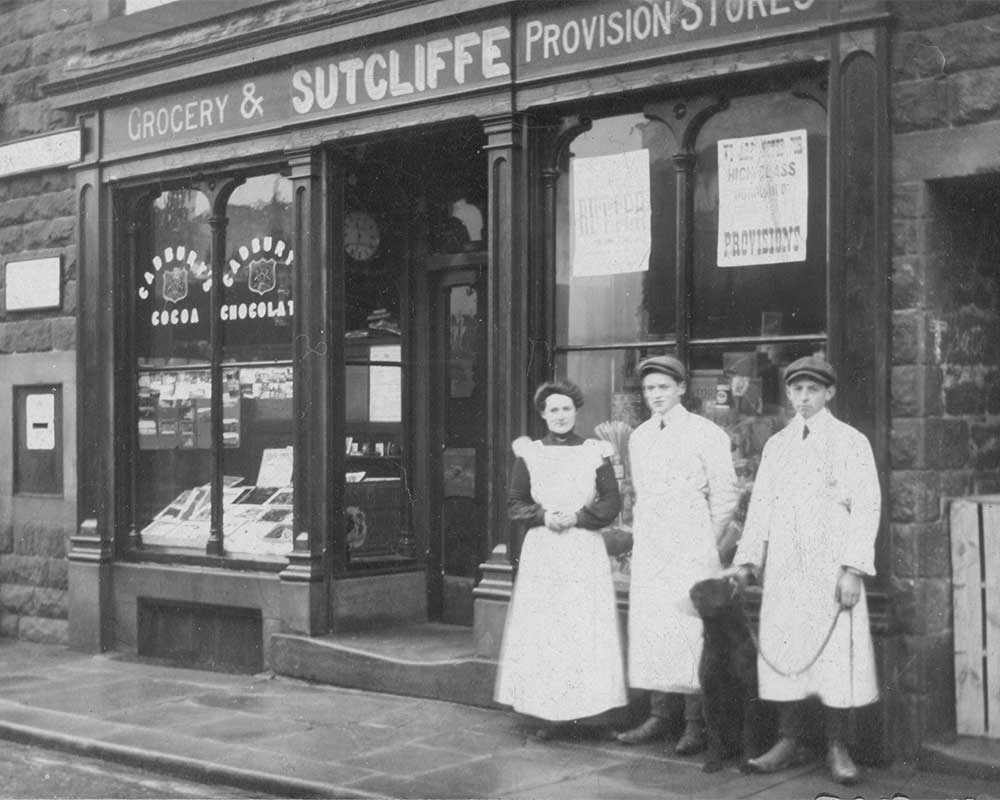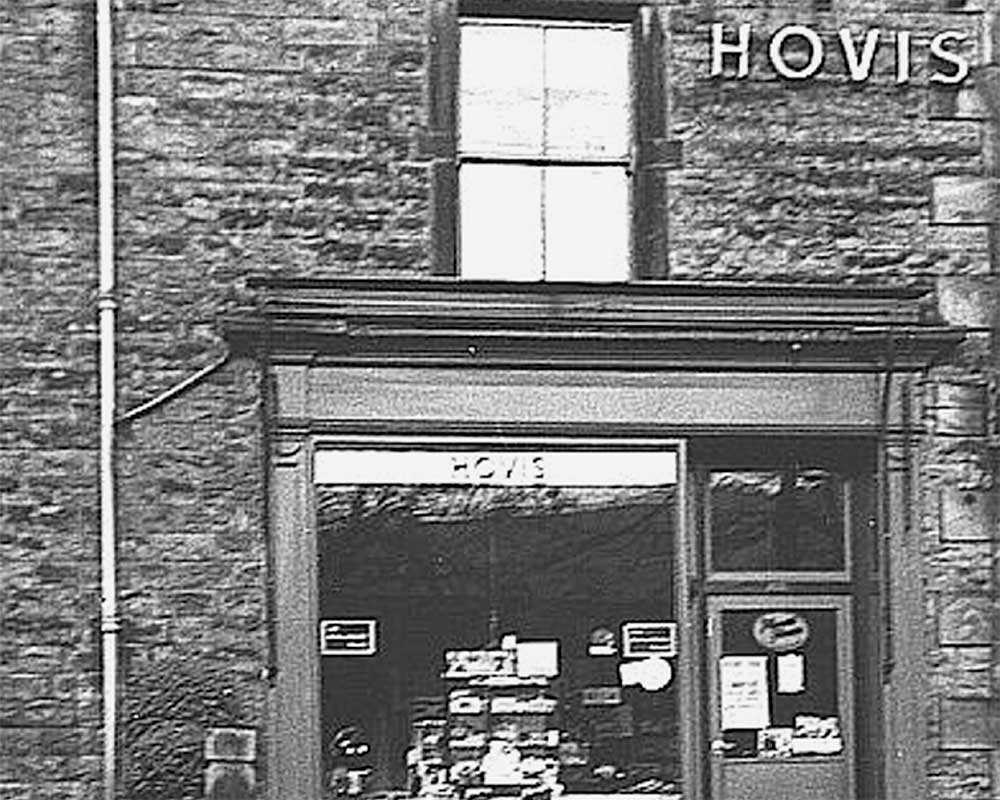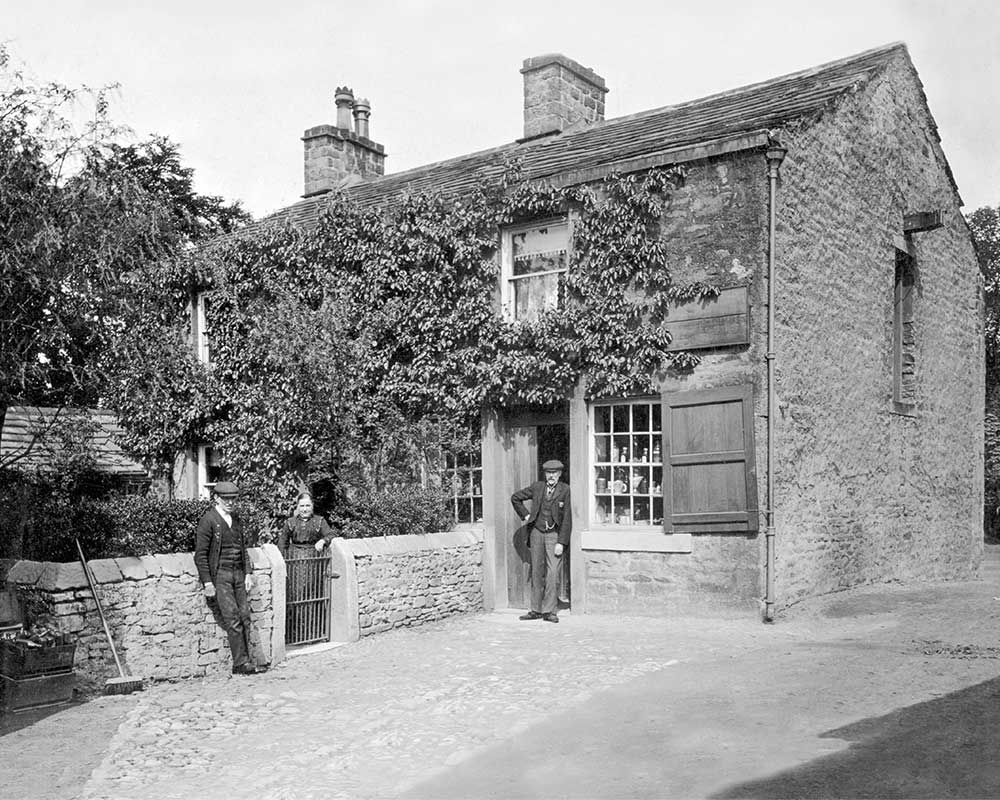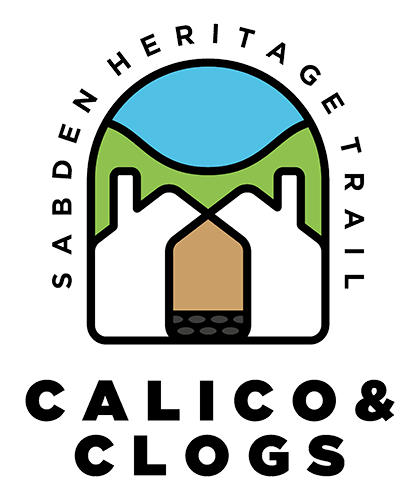Sabden must have been a very busy, bustling village with plenty of shops all around the village where villagers could buy everything they needed for their daily lives - food, clothing and household goods. A lot of the shops were on Whalley Road which was originally known as Shop Lane. The first post office was established in the village in 1852 in the house of a Mr John Driver.

In 1870 Sabden Co-operative Society was founded by a group of villagers who opened the shop in the evenings after they had finished work in the mills. Their new premises opened in 1872 and ran for nearly a century. The stores included a butchers, drapers, hairdressers and grocers. In later years it was taken over by Padiham Co-op and closed in the 1960s.
Fred Green was a boot, shoe and clog maker at 1 Whalley Road. Dawsons at 22 Whalley Road sold Men’s, Youth’s and Boy’s overcoats and suits. ‘High Class Groceries and Provisions’ were sold by E. Wood at 26 Whalley Road. Mary Higgin was also a Grocer and Confectioner on Whalley Road. A. Haworth ‘milliner and fancy draper’s’ shop was at Carlton House and E. Hall was a fish dealer - both on Padiham Road. There was also a police station on Padiham Road. The present day Newsagents was originally Sutcliffe’s Groceries and Provisions. W. Hargreaves was a plumber and decorator whose premises were near Bull Bridge. Thomas Whitaker sold Fish and Chips at 26 Cobden Row on Pendle Street East. The houses on Cobden Row were built in 1870 by Cobden Mill Company for their workers but were demolished in the 1960s. Local farmers supplied dairy products for the village.

As well as the three public houses in the village Pear Tree Cottage on Whins Avenue was an off licence or ‘selling out shop’. There was a small private room behind the shop known as ‘t’back oyle’ where a select few would meet on a Sunday afternoon.
Hezekiah Bond’s shop and café on Pendle Street West could seat over 50 people at one sitting. This was a very busy establishment and well patronised by some of the 3000 mill workers.

Before decimalisation in 1971 the British currency was in pounds, shillings and pence (£ s d). There were 12 pennies in a shilling and 20 shillings in a pound. A penny was divided into 2 halfpennies or 4 farthings. 2 farthings made one halfpenny
In 1888 the average weekly expenditure for a household would be: (decimal equivalents in brackets)
- 10 loaves of bread 2 shillings 3 1/2 pennies (11 pence)
- Meat: 4 shillings (20 pence)
- Flour: 2 shillings (10 pence)
- Vegetables: 1 shilling (5 pence)
- Butter: 1 shilling (5 pence)
- Fruit: 1 shilling and 6 pence (8 pence)
- Tea: 1 shilling (5 pence)
- 1 cwt of coal: 1 shilling 3 pence (6 pence)
- Beer: 3 1/2 pence per pint (1 pence)
- In 1888 a man’s overcoat would cost around £1 and 15 shillings (£1.75 p)
Source for price of goods in 1888: The Victorian Web.
